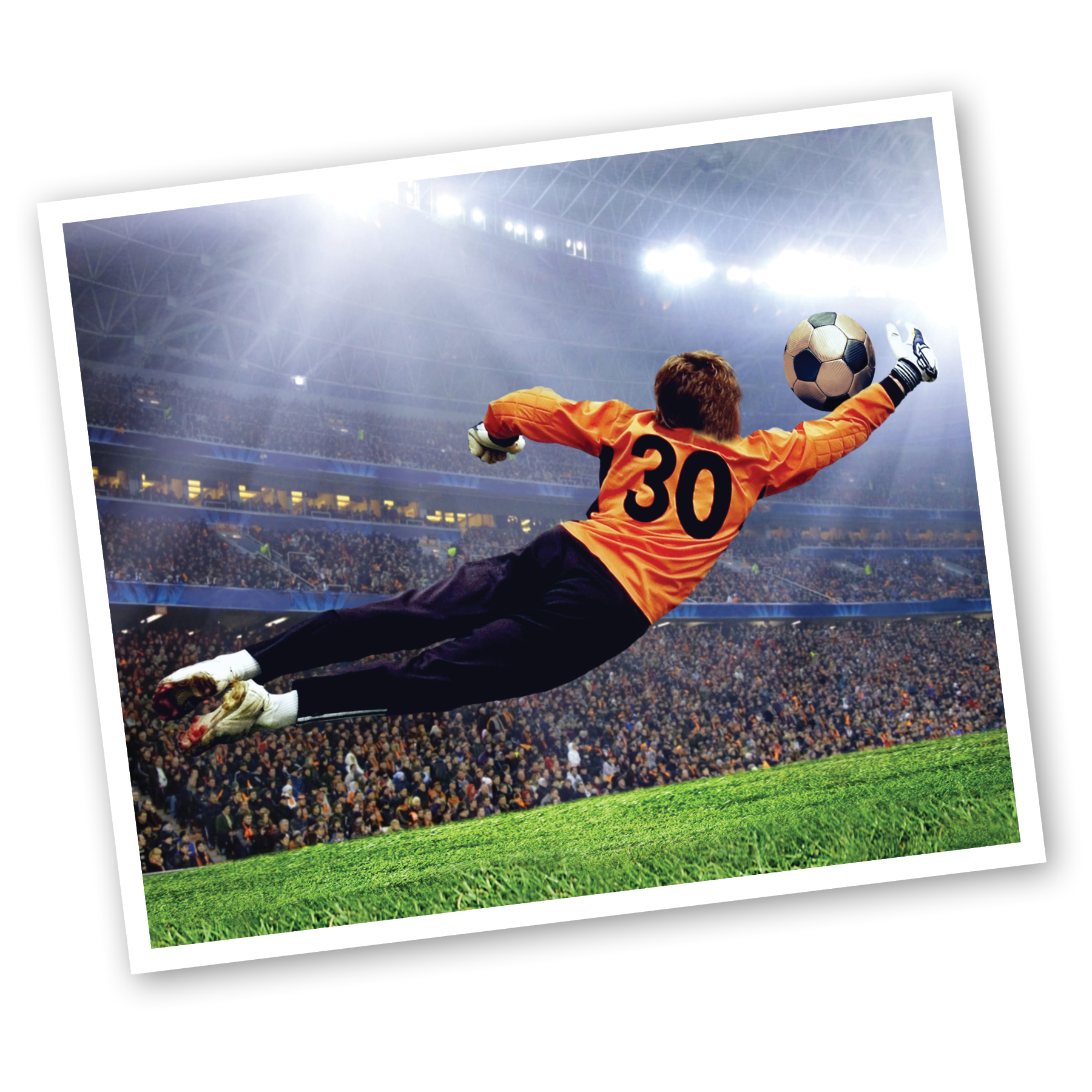
NOTE: Red Hen Turf Farm does not sell Artificial Turf, Artificial Grass, or Astroturf. We strongly feel the cons of this type of product outweigh the pros, and Natural Grass is the way to go.
***
In the beginning, sports fields were pastures or hay fields we borrowed for a day to play games on them. Sure, we played around cow pies and ruts because they were just there. Over time, we kicked the animals off, leveled the fields and planted better grasses. Since playing on a field was fun, we devised more types of games to play on them and played them more often. Life was good.
Eventually, the idea came along to play sports inside, out of the weather all year long. So people built a dome to play indoors. They couldn’t get grass to grow inside the dome, so they invented a plastic grass for indoor play. It was no longer a field, but people still called it a field even though it bore no resemblance to an actual sports field. The dome and plastic grass were very expensive, well beyond what the average school could afford, so professional athletes played on the plastic grass and inside the dome. What an idea – to pay professionals high wages and charge the public high prices. Soon, lots of professional contests were held on plastic grass inside.
The people who made the plastic grass wanted to sell more, so they began to promote it for outside use. Labor savings and convenience were big marketing terms, and the plastic grass companies took advantage of the times by touting the obvious fact the surface did not need to be mowed or fertilized. Marketing people also took advantage of people’s natural desire for expensive new things that convey status. The reign of plastic grass had begun. However, the plastic grass people never came up with their own name. They still call it a “field,” even though it is not a field. To say “plastic grass” is the same as a “field” is like saying a bicycle is the same as a rocket ship.
Are natural grass sports fields a relic of the past to be replaced by plastic grass? Is plastic grass superior to natural grass for all locations and uses? Some people say “yes” to plastic grass simply because professional, college or other admired high schools have plastic grass. Yet they haven’t spent even minimal effort to learn the pros and cons. Could they be wrong? The key is to discover how natural grass fields and artificial fields are different, not alike.

NOTE: Red Hen Turf Farm does not sell Artificial Turf, Artificial Grass, or Astroturf. We strongly feel the cons of this type of product outweigh the pros, and Natural Grass is the way to go.
***
In the beginning, sports fields were pastures or hay fields we borrowed for a day to play games on them. Sure, we played around cow pies and ruts because they were just there. Over time, we kicked the animals off, leveled the fields and planted better grasses. Since playing on a field was fun, we devised more types of games to play on them and played them more often. Life was good.
Eventually, the idea came along to play sports inside, out of the weather all year long. So people built a dome to play indoors. They couldn’t get grass to grow inside the dome, so they invented a plastic grass for indoor play. It was no longer a field, but people still called it a field even though it bore no resemblance to an actual sports field. The dome and plastic grass were very expensive, well beyond what the average school could afford, so professional athletes played on the plastic grass and inside the dome. What an idea – to pay professionals high wages and charge the public high prices. Soon, lots of professional contests were held on plastic grass inside.
The people who made the plastic grass wanted to sell more, so they began to promote it for outside use. Labor savings and convenience were big marketing terms, and the plastic grass companies took advantage of the times by touting the obvious fact the surface did not need to be mowed or fertilized. Marketing people also took advantage of people’s natural desire for expensive new things that convey status. The reign of plastic grass had begun. However, the plastic grass people never came up with their own name. They still call it a “field,” even though it is not a field. To say “plastic grass” is the same as a “field” is like saying a bicycle is the same as a rocket ship.
Are natural grass sports fields a relic of the past to be replaced by plastic grass? Is plastic grass superior to natural grass for all locations and uses? Some people say “yes” to plastic grass simply because professional, college or other admired high schools have plastic grass. Yet they haven’t spent even minimal effort to learn the pros and cons. Could they be wrong? The key is to discover how natural grass fields and artificial fields are different, not alike.